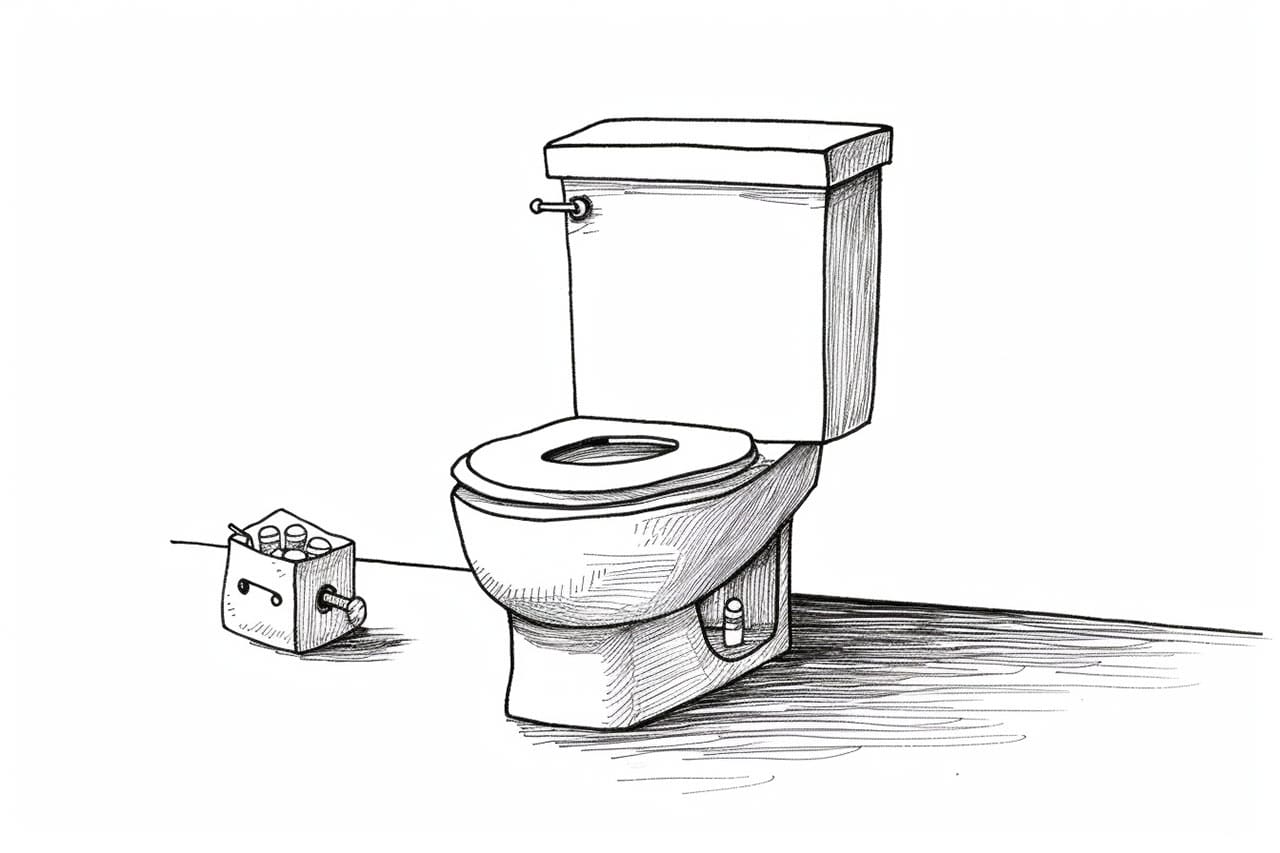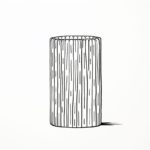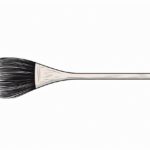Drawing objects can be a fun and creative way to express yourself artistically. In this step-by-step guide, we will walk through the process of how to draw a toilet. Don’t worry if you have little to no drawing experience, as we will break down each step in a clear and concise manner. So, grab your drawing materials and let’s get started!
Materials Required
Before we begin, make sure you have the following materials on hand:
- A pencil
- A sketchpad or drawing paper
- An eraser
- A ruler (optional for precise measurements)
- Colored pencils or markers (optional)
Step 1: Outline the Basic Shape
Start by lightly sketching an oval shape that will serve as the base of the toilet. This oval should be slightly elongated vertically, with rounded edges.
Step 2: Add the Back of the Toilet
Extend two straight lines upwards from the top corners of the oval shape. These lines will create the back of the toilet. Make sure they are parallel to each other and slightly curved.
Step 3: Draw the Seat
At the top of the back lines, draw a horizontal line that connects them. This line will form the top edge of the toilet seat. Next, draw a curved line beneath the top edge to create the shape of the seat. The seat should look like a half-oval that is open towards the front.
Step 4: Define the Tank Shape
Beneath the seat, draw a rectangle shape to represent the tank of the toilet. The tank should be narrower than the base and extend slightly beyond the back lines.
Step 5: Add Details to the Tank
Within the tank shape, draw a small rectangle near the top to represent the lid. Add a curved line below the lid to create the top of the tank. Then, draw a vertical line down the middle of the tank to divide it into halves.
Step 6: Sketch the Bowl
Beneath the tank, draw a curved line that connects the back lines of the base. This line will outline the front of the bowl. To complete the bowl shape, draw a curved line from the bottom of the front line to the bottom of the back lines.
Step 7: Refine the Toilet Bowl
Within the bowl shape, draw a smaller oval towards the back to represent the water pool. This oval should be slightly tilted and positioned towards the top of the bowl. Add a curved line at the bottom of the bowl to define the rim.
Step 8: Add Flushing Mechanism
Inside the tank, draw a small rectangle shape near the top to represent the flushing button or lever. You can also add a few additional details, such as bolts or pipes, to make the toilet look more realistic.
Step 9: Erase Unnecessary Guidelines
Carefully go over your drawing and erase any unnecessary guidelines. Use a clean eraser to gently remove the pencil marks, making sure not to smudge the drawing.
Step 10: Finalize and Add Details
Now that the basic structure is complete, it’s time to add some finishing touches and details. Use your pencil or colored pencils to shade and add depth to the different areas of the toilet. Pay attention to highlights and shadows to create a three-dimensional effect. You can also experiment with different textures and patterns to make your drawing more interesting.
Conclusion
Drawing a toilet may seem like a challenging task, but by following these step-by-step instructions, you can create a realistic and detailed representation. Remember to take your time and have fun with the process. With practice, your drawing skills will continue to improve. So, grab your drawing materials and start creating!
Gallery of Toilet Drawings
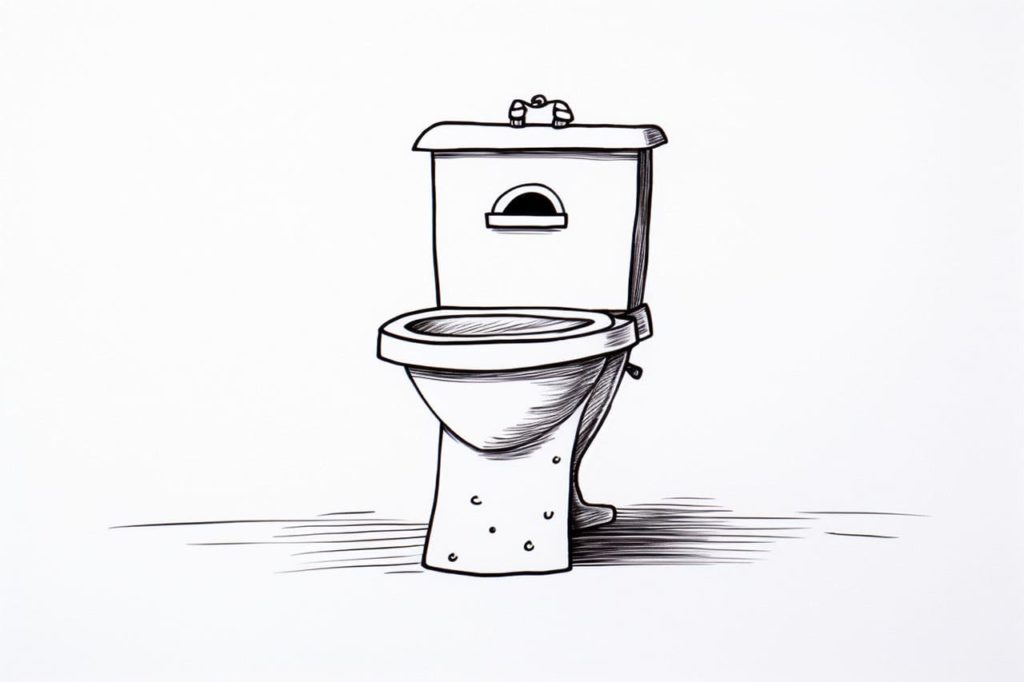
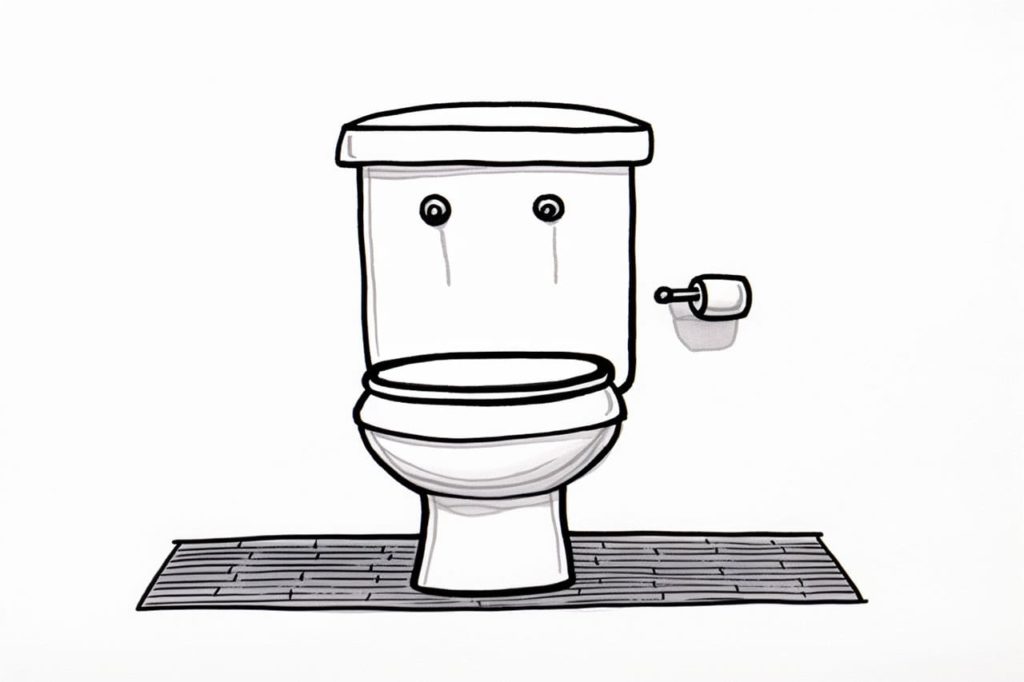
Fun Facts About Toilets
- Toilets are a crucial part of modern sanitation and have been around in some form for thousands of years, with ancient versions found in the Indus Valley Civilization.
- The first patent for a flushing toilet was granted in 1775, long before standardized plumbing was common.
- Toilets can use a significant amount of water with each flush, so many modern models are designed to be eco-friendly and efficient.
- The term “water closet” (WC) is still commonly used in some countries and refers to the room containing a toilet.
- Thomas Crapper, a notable plumber of the 19th century, is often mistakenly credited with inventing the toilet.
- The world’s most expensive toilet was made of gold and exhibited in a museum; it was ironically named “America.”
- High-tech toilets in places like Japan can include features like heated seats, built-in bidets, and ambient music.
- Some composting toilets use very little to no water and are favored in remote areas or eco-friendly setups.
- In space, astronauts use specially designed toilets that address the challenges of zero gravity.
- World Toilet Day is recognized every November 19 to highlight the importance of sustainable sanitation.
Suggestions for Scenes and Settings for Toilet Drawings
- Victorian Restroom: Illustrate a luxurious Victorian-era restroom with ornate toilets, chandeliers, and marble surfaces.
- Forest Retreat: Create a serene scene showing a rustic toilet surrounded by lush, green forest as part of an off-the-grid cabin.
- Alien Spaceship: Imagine a futuristic toilet aboard an alien spaceship with floating technology and neon lighting.
- Ceramic Oasis: Design a cozy bathroom space featuring a beautifully decorated toilet with colorful tiles and potted plants.
- Public Park Comfort: Draw a scene in a city park with a clean, inviting public restroom tucked among the trees.
- Luxury Spa Experience: Illustrate a high-end spa setting with sleek, modern toilets and ambient, relaxing lighting.
- Old Western Outhouse: Picture an old-fashioned outhouse on a dusty trail with a moon-shaped cutout on its door.
- Toilet Transporter: Create a whimsical scene of a toilet that doubles as a time machine with gadgets and dials.
- School Bathroom Drama: Depict the hustle and bustle of a school restroom, with students lining up and colorful graffiti on the walls.
- Toilet Wonderland: Invent a fantasy world where toilets exist as tiny castles with flags and defensive moats.

